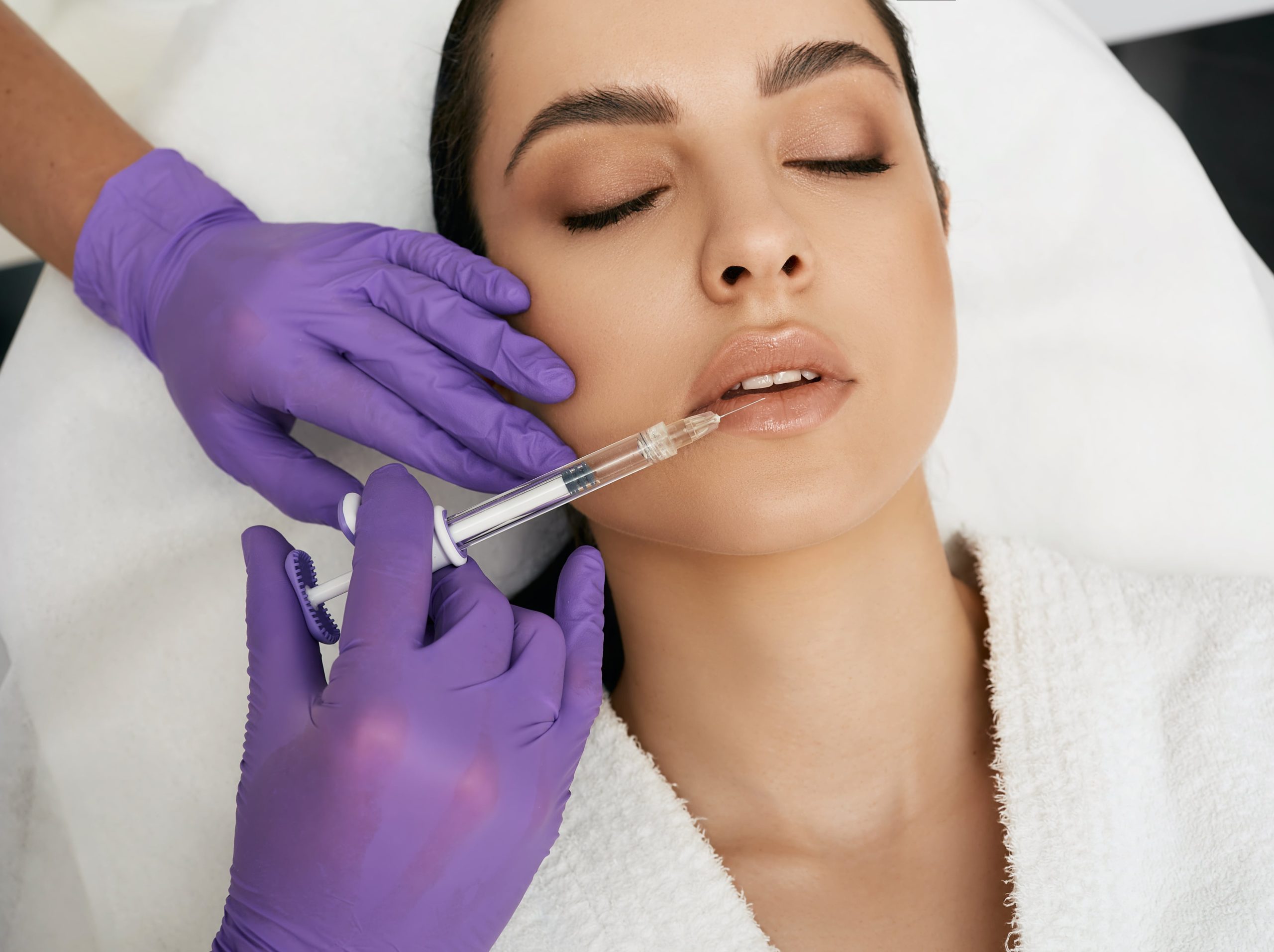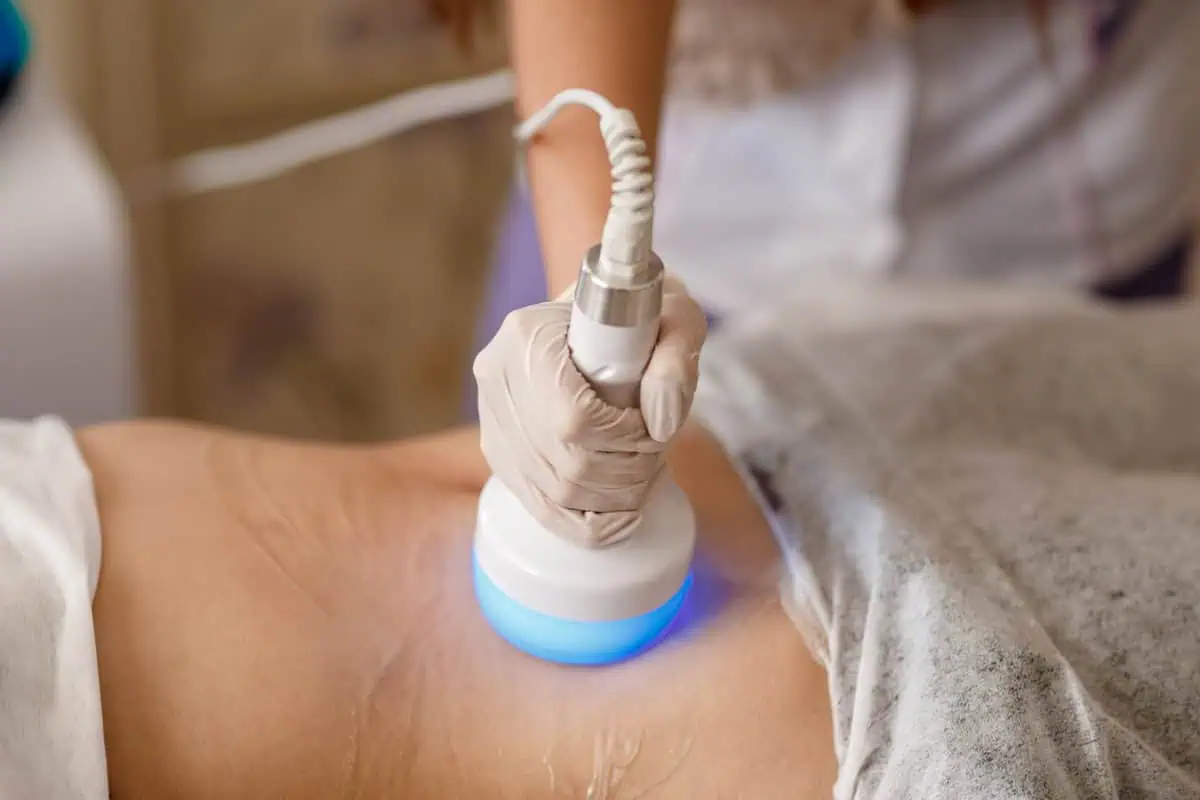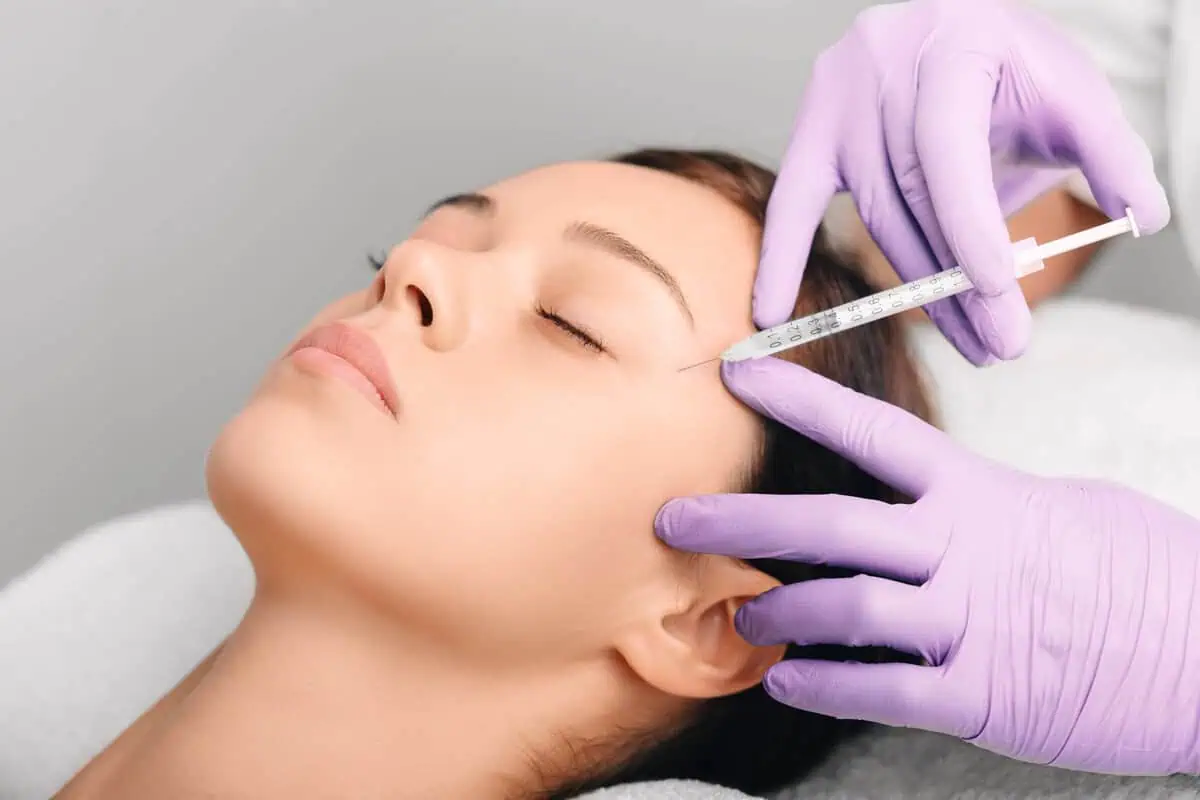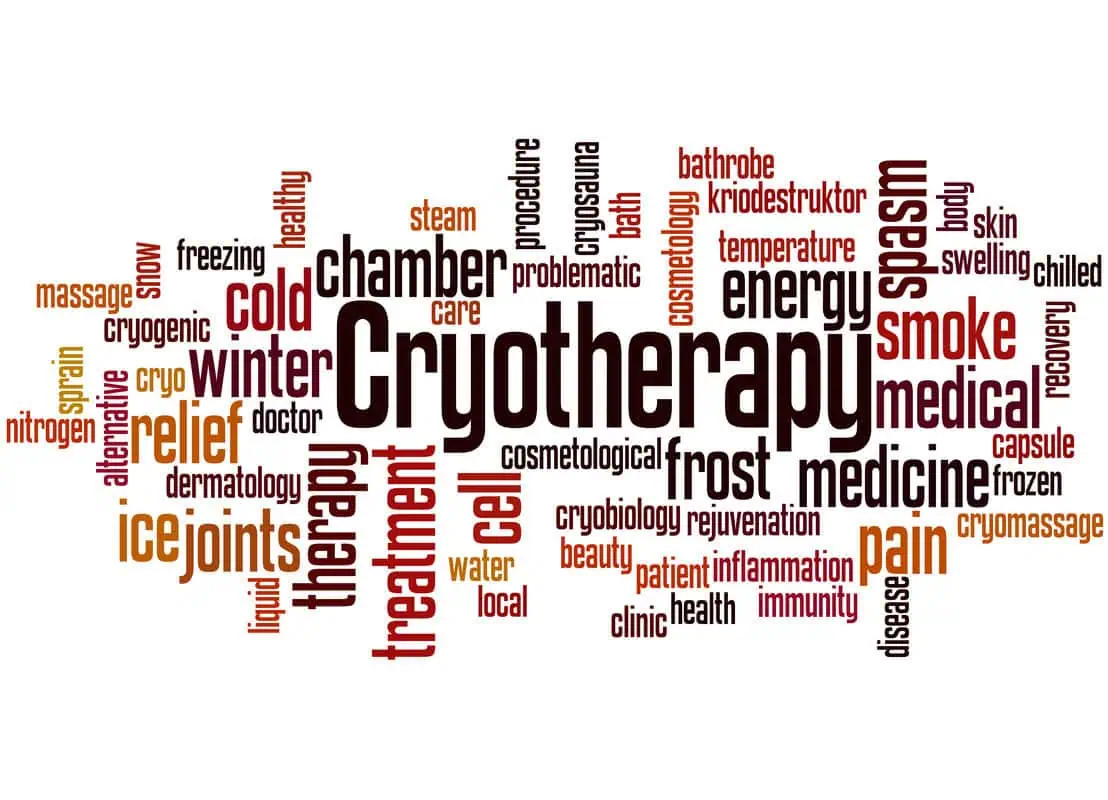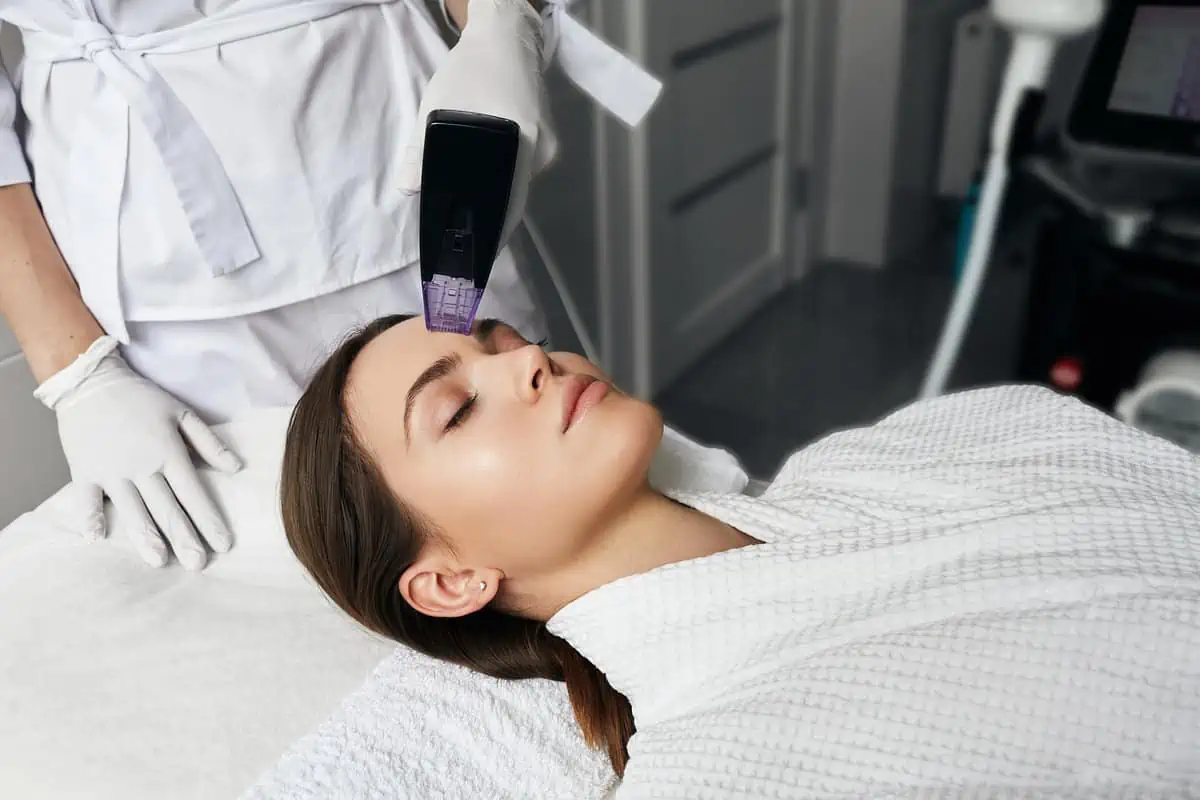Dermal fillers are a facial rejuvenation procedure that can be a cost-effective solution to look younger without surgery or recovery time. The treatment is so popular that it is used on more than 1 million men and women yearly. The American Society of Plastic Surgeons reported that 2.7 million face filler treatments were carried out in 2017 alone, a 3 percent rise from the year before.
This article will help you know what dermal fillers are, what types of fillers are, their benefits, and their side effects.
What are Dermal Fillers?
Dermal fillers are gel-like compounds injected beneath the skin to enhance facial contours, restore lost volume, and reduce lines and creases. It can replace lost volume to help smooth wrinkles, plump the lips, and restore a youthful appearance.
The vast majority of fillers are absorbable. Because of this, they offer transient but long-lasting benefits that, according to the product and the consumer, could last anywhere from a few months to a few years.
Some fillers are marketed as permanent and have long lifespans. Dermal fillers are a fantastic, minimally invasive method of skin rejuvenation.
The Types of facial fillers
Numerous studies by the US Food and Drug Administration (FDA) say that most patients are satisfied with the results of their dermal filler treatments. It is not surprising that the number of fillers on the market increase as fillers become more and more popular. The ever-increasing number of dermal filler products could make it difficult for someone looking to select the ideal filler to suit their needs.
Dermal filler injections are trendy since they are quick and minimally invasive, cause slight discomfort, and require little recovery time. The best part is that outcomes can be seen almost immediately.
Hyaluronic acid (HA)
Hyaluronic acid is a gel-like material that exists in the body naturally. It is injected into the skin to “plump it up,” giving the cheeks more volume and erasing wrinkles, especially those around the eyes, lips, and forehead.
In both humans and animals, hyaluronic acid, or HA, is a substance that occurs naturally. Water-binding properties of this substance give skin its plumpness.
Juvéderm and Restylane are examples of brand names that use hyaluronic acid. Results typically only last 6 to 12 months since the body progressively reabsorbs the hyaluronic acid over time. These dermal fillers, though synthetic, are proven safe and rarely trigger allergic reactions among patients.
Calcium Hydroxyapatite (CaHA)
Your bones naturally contain a mineral-like component called calcium hydroxyapatite. Calcium particles operate as a filler and are suspended in a tiny and silky gel.
Thicker than hyaluronic acid fillers, calcium hydroxyapatite fillers treat significantly deeper lines and wrinkle. Additionally, these kinds of fillers frequently remain longer. Because of its strong biocompatibility with human tissue, it is regarded as a long-lasting but non-permanent filler.
Poly-L-Lactic acid (PLLA)
An absorbable, semi-permanent injectable implant called poly-L-lactic acid can progressively restore volume and encourage collagen production. PLLA is a synthetic material that is both biocompatible and biodegradable, making it entirely safe to use in your body. This material has been used for years for dissolvable stitches and other medical devices.
Collagen stimulators, such as PLLA fillers, aid your body in regenerating its natural collagen levels. It is FDA-approved to treat facial wrinkles and nasolabial fold deficits in immunocompetent individuals.
Off-label uses include enhancing the hands, neck, thighs, gluteal area, and chest wall deformities such as pectus excavatum or thoracic deformities brought on by surgical procedures.
Polymethylmethacrylate (PMMA)
PMMA addresses facial features and wrinkles that a hyaluronic or collagen therapy can treat but where a more long-lasting solution is desired. PMMA implantation can enhance the skin’s shape and lessen depression brought on by scars, injuries, or lines.
Injectable fillers made of polymethylmethacrylate (PMMA) have been utilized to treat hollows and lessen rhytides. The permanent, biphasic fillers made of polymethylmethacrylate (PMMA) are made of PMMA microspheres suspended in a bovine collagen or methylcellulose carrier solution.
Benefits of Dermal Fillers
Although aging is unavoidable, there are ways to make your skin look younger. Dermal fillers are the most popular cosmetic surgery because they have a little downtime, need no anesthetic, and produce immediate effects.
They have many advantages and are a fantastic, non-invasive choice for giving your skin a taut and healthy appearance.
Dermal fillers boost the production of collagen and elastin. The results are nearly instantaneous and may be combined with other treatments. Aside from being instantly visible, the results also last a long time.
Depending on various conditions, dermal fillers’ effects can last between 6 and 18 months. The effectiveness and durability of outcomes can be influenced by the type of fillers used, the patient’s lifestyle and aftercare, and the area being treated.
The ability of dermal fillers to lessen and improve the appearance of scars is one of their main advantages. Some of the most popular dermal filler brands contain hyaluronic acid, which can ease scar tissue near the injection site.
Dermal fillers can help if you have scarring from acne or other conditions you have had to deal with. They cannot, however, be applied to all scar types. Before choosing dermal fillers for your scars, consult your doctor.
Side Effects
The following side effects, which typically develop near the injection site, can be felt immediately but usually go away in 7 to 14 days, according to the American Academy of Dermatology.
Common:
- Redness
- Swelling
- Itching
- Bruising
- Rash
- Pain
Rare:
- Infection
- Filler leaking through the injection site
- The filler moves from one place to another
- Blood vessel damage
- Blindness can result from the filler being injected into an artery and obstructing the blood supply to the eyes.
- Tissue death caused by obstructed blood flow once
Taking precautions can help assure your safety even though face fillers are generally safe.
Stay Beautiful with Dermal Fillers at Sevid Beauty & Aesthetics
Take advantage of the benefits that dermal fillers offer. At Sevid Beauty & Aesthetics, we specialize in all things beauty. Visit us at 170 Bellevue Way NE, Bellevue, WA 98004, or contact us at (425) 900-5800 and [email protected].


